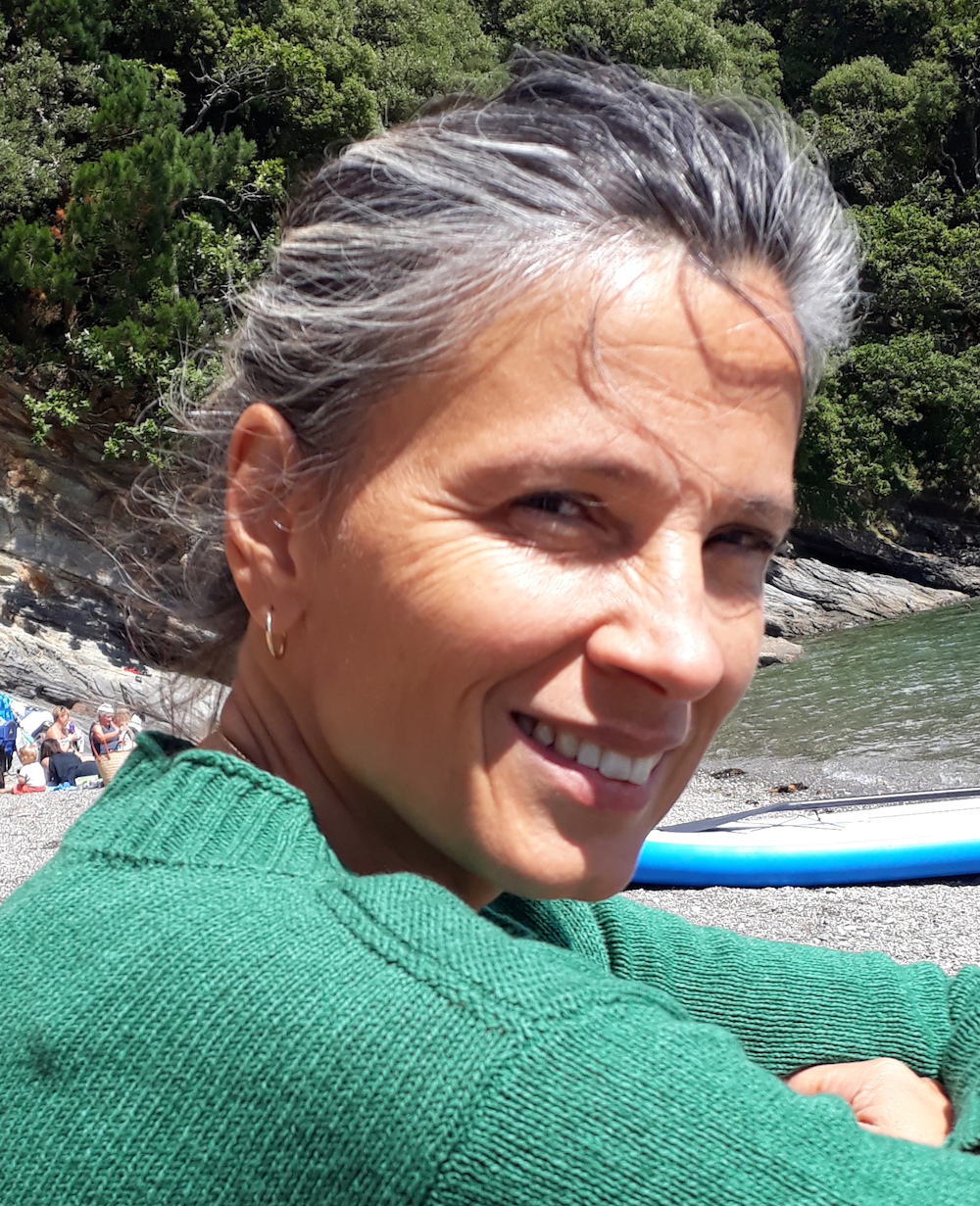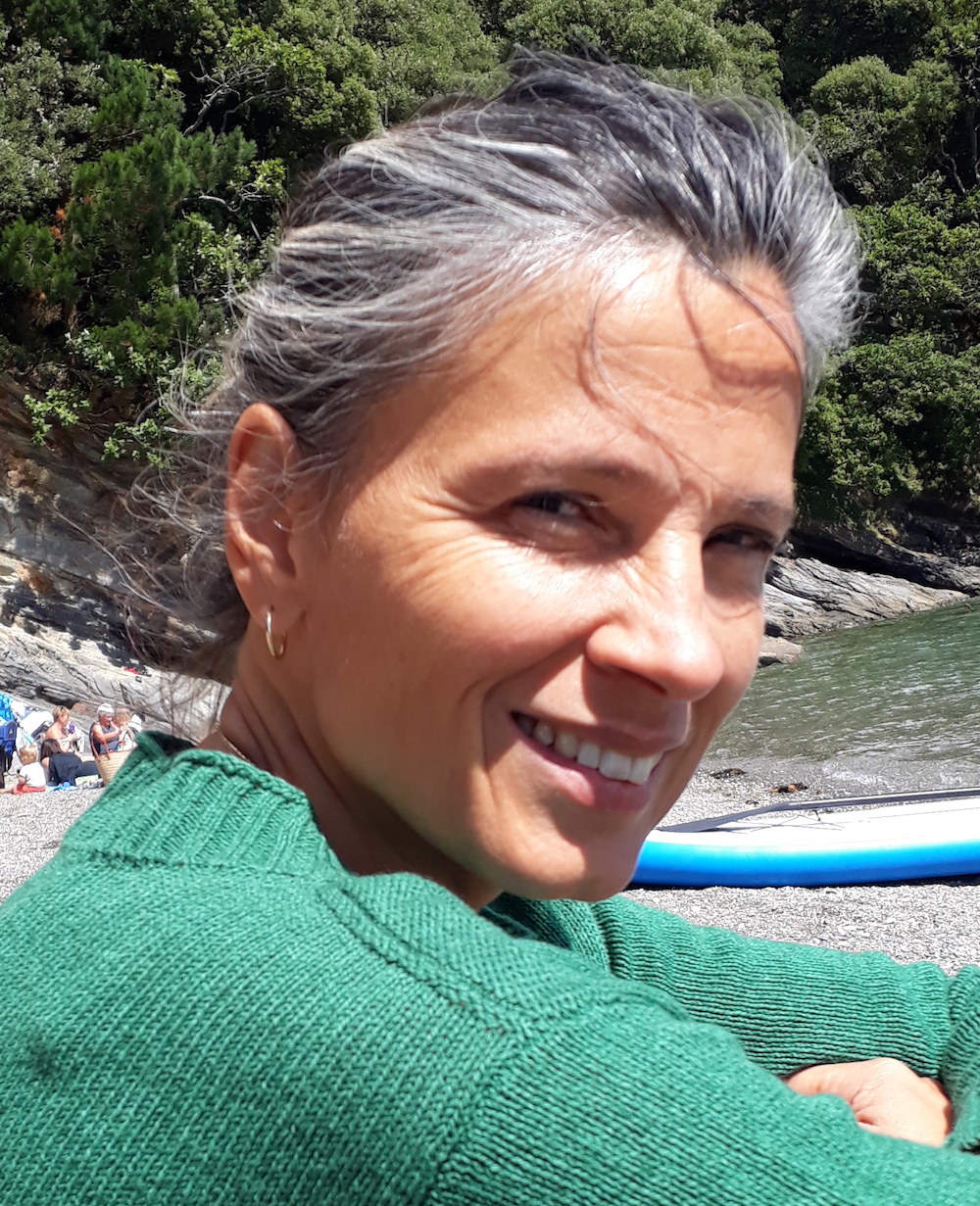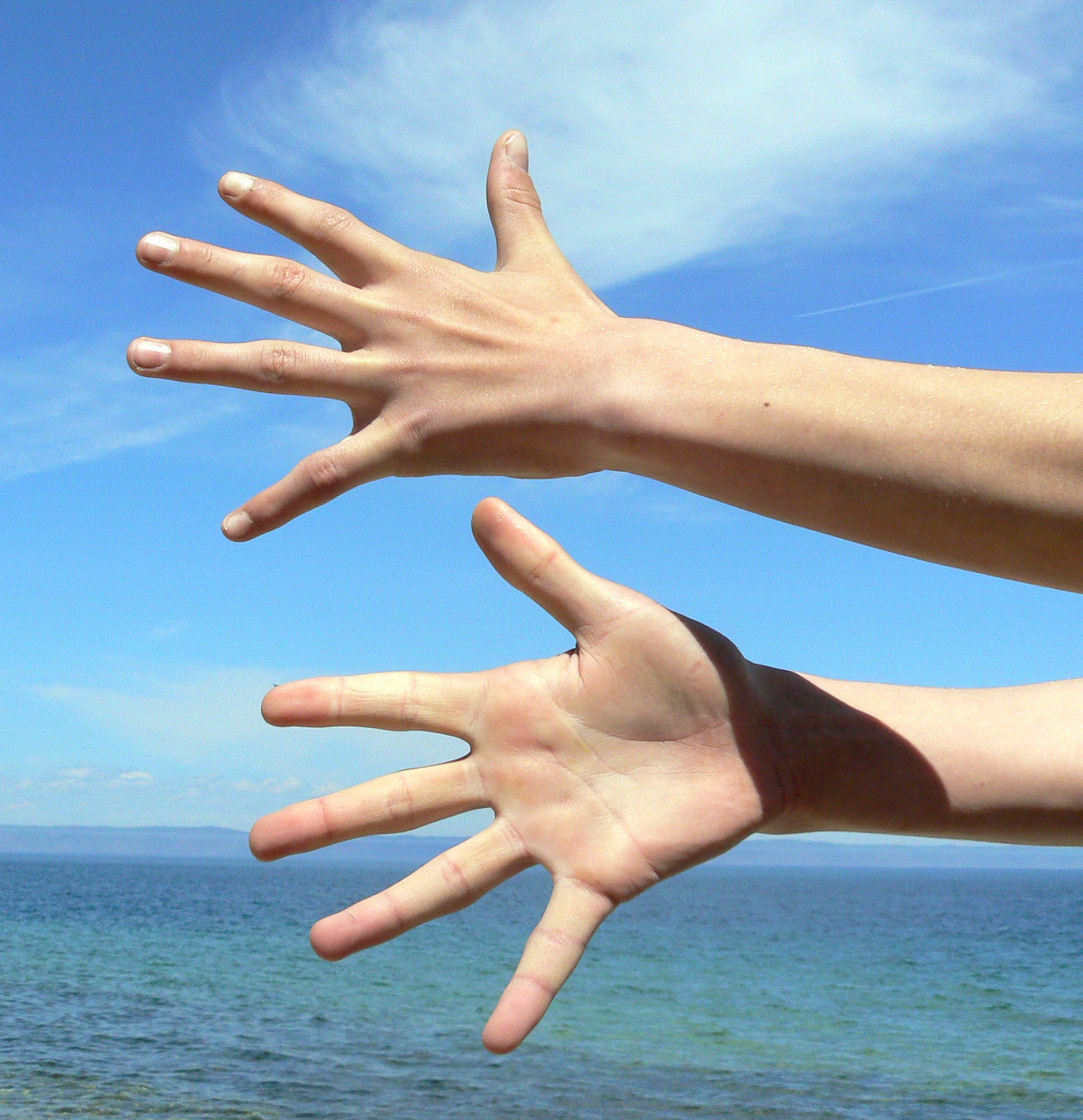A Year in the Life of a CST Therapist

 My year begins in October 2017. I had finally committed to rebooting my focus and set my intention to complete the Upledger training. I had been sidetracked for a good five years by family ill-health, death and random accidents and, as a mother of three and the only child close by to ageing parents, I spun and juggled the family plates. But looking up, once all those around me were stable and settled, it was time for me.
My year begins in October 2017. I had finally committed to rebooting my focus and set my intention to complete the Upledger training. I had been sidetracked for a good five years by family ill-health, death and random accidents and, as a mother of three and the only child close by to ageing parents, I spun and juggled the family plates. But looking up, once all those around me were stable and settled, it was time for me.
I enrolled on SER2 with Susie Steiner instructing. As a re-opener to the world of the inner physician and avenue of expression (so much held in over the previous years),
it was a gift to my soul. With her incredible insights and application of dialogue, I could really believe that this was possible. The skills were there (rough and ready maybe) and the work spoke to me at the deepest level: a knowing which told me this work has a limitless potential, and to open our hearts to the possibility that anything can happen. With improved technical knowledge (I had gone off-piste in previous years) and more focus on anatomy and physiology for my internal listening fingers and clearer visualisation, I knew it was what I wanted to do.
I decided to TA in November 2017 and March 2018 as a way of revisiting the theory, immersing myself back into a learning environment and as a way of assessing what was ‘known’ and what was forgotten. Of course, I had that experience where you believe you’re hearing something for the first time: “my CST 1 teacher didn’t talk about that”; of course she had when I went back to the notes and checked! How many times do we need to hear something before we hear it?
In my case, many, but this wasn’t the time for judgement. It was time to appreciate that I had the opportunity to TA as much as I could for my own development. And so I did.
For the first few months of 2018 I read ‘A Brain is Born’ in readiness for Tad Wanveer’s ‘Touching the Brain’ course in April. Well, I say read… I dissected, re-read, highlighted, forgot it and read chapters over and over to try and get ahead of the game, knowing the more I could relax and listen to the course the more it would flow from my ears and eyes into my very cells and connect with my wisdom. Tad’s book, ‘Brain Stars’ – what a revelation. The visuals are clear, precise and consistent, growing deeper and deeper into detail. It was mind blowing, awesome and humbling, and a little part of my heart was given over to that man, part teacher, part poet. His opening line was a quote from his Tai Chi teacher of 20 years – I knew the connection was there.
 For the first time I was encouraged to ‘see’ the body with my hands with a 3D viewpoint – seems so obvious now! Don’t the ‘truths’ always have that effect. And whether I can completely remember all the interfacing membranes at a microscopic level doesn’t matter, because all I have to do is ask my hands to visualise the glia-lymph network and my inner wisdom connects to my client and my hands move accordingly – in the gross but infinitesimal way that always blows my mind.
For the first time I was encouraged to ‘see’ the body with my hands with a 3D viewpoint – seems so obvious now! Don’t the ‘truths’ always have that effect. And whether I can completely remember all the interfacing membranes at a microscopic level doesn’t matter, because all I have to do is ask my hands to visualise the glia-lymph network and my inner wisdom connects to my client and my hands move accordingly – in the gross but infinitesimal way that always blows my mind.
By this stage, six months had passed since SER2. For the first time, I was experiencing a personal change in myself and my behaviour as a direct result of opening up the throat, speech and avenue of expression. I could express when something was not okay and put boundaries in place with family members with dominating patterns. I could clearly say what was mine and what wasn’t mine with critical, school-gate parents.
It was a revelation (again!). And its side effects? A clearer picture of who I was and a blossoming of self-confidence. Step by step I was able to communicate what had previously been uncomfortable messages in a measured, calm way as a person with clarity. I became a better practitioner, a better mother, better wife and perhaps a more challenging daughter!
My next step was Adv1 but my experience in SER2 was that my self-conscious self struggled to take ownership of dialoguing and lead. What to do? I knew it was a weak area I needed to address as I wanted to attend Adv1 knowing I could give a treatment to colleagues without the worry that it was somehow inferior.
I spoke to a colleague (thank you Efter!). She gave great advice: ‘take a Clinical Apps course. It will give you all you are looking for’. So a hot August Pride weekend in Brighton, I joined an SER Clinical Apps. Working within a tight group of therapists, led and watched at close quarters by the proficient Maggie Gill, she, and then, one by one, each of us, took turns to lead the dialogue. Building in confidence and ability, I walked out four days later a changed person.
By now I had dug out my exam questions (already 12 months old). The truth was they loomed large like an impossible mountain to climb. I noticed it was a repeating pattern in my mind and in my tissues. It reminded me of my father: ”life was always hard”. My awareness told me this was a learned behaviour which therefore I could unlearn…but how to do so felt like a complicated task. Advice from Maggie: “get yourself a large flipchart”.
As soon as the kids were back at school in September, that is what I did. And I mapped out each essay, words and words and more words, no restrictions or expectations to create a well-balanced paragraph and completed essays. It worked! I got to half term and was pushed into a stop. And since then work has been busy, really busy, all this focus and studying and self-realisation had improved the quality of my work. I was busier than ever and finding it hard to find time to complete the job. What was the next step?
The inexplicable truth is that I can’t type, or type and think at the same time. Over the months, talking about it with people who pressed and pushed me to believe that I could, made the pressure feel worse.It was only after sharing a conversation with a cranial colleague, that adults without emotional support during childhood tend to underachieve until adulthood, that another understanding unlocked – that was me! And it was okay, as I’d reached an acceptance of my early years. What did I need? A dictating app obviously! The tech possibilities are extraordinary; (note Visible Body app for anatomy geeks worth every bit of the £12!)
So this is where I am at: a fair few CST1 & CST2 courses TA’d, study groups attended, I joined a great group of gals for informal meet ups and sharing of treatments. Now, since the experience of multi-hands at the Clinical Apps course, I am also sharing clients with fabulous colleagues.
A year ago, I felt alone on a forbidding, overwhelming path, unsure if it was going to work out (googling archaeology degrees instead) and now I am engaged in the work at a much deeper level, I am connected with my community – and what a great bunch they are – looking forward to another packed year in 2019.
More TAing? Yes please. The Brain Speaks? Yes please. SERTIP with Stan Gerome? Yes please. Adv1? Yes please. Hand in completed essays? Yes! And then the practical exam…
So for all you Cranial students, it is do-able, it is so satisfying, set your intention and go for it!
P.S. As I write this, I’m on a 24-hour break with my husband in deepest Sussex, by the side of a pool. I slip into the water and we swim up and down, side by side. He grimaces,”its my hip, it hurts, it feels jammed, it needs yanking into place”. “That’s a bit aggressive” I say, and suddenly I’m visualising Florida, the sun, the salty seawater, dolphins, all the images I saw on the film ‘Touch’ (see the Upledger Foundation website). “Lie back and float on your back”, I say. I support him under his back at the respiratory diaphragm and behind his sacrum. He relaxes, there is some lengthening, “Press your hip bones inwards like you do at home”; the sacrum drops and twists, I follow and wait. For five minutes, we are in the luxury pool having an impromptu session. I feel a cold current of water, something has changed and I let his feet drift back down to the floor. All done, no pain, all gone… the speed of craniosacral therapy at work in water is another magical experience. This is extraordinary work. Anyone got a pool I can borrow?!
P.P.S. Why did I write this article? Because I woke up to Caroline’s email requesting contributions and it felt like an easier “in” to writing, breaking through the fear and committing to the blank page, than writing an essay – no stopping me now!
By Fiona Ratti 2018
